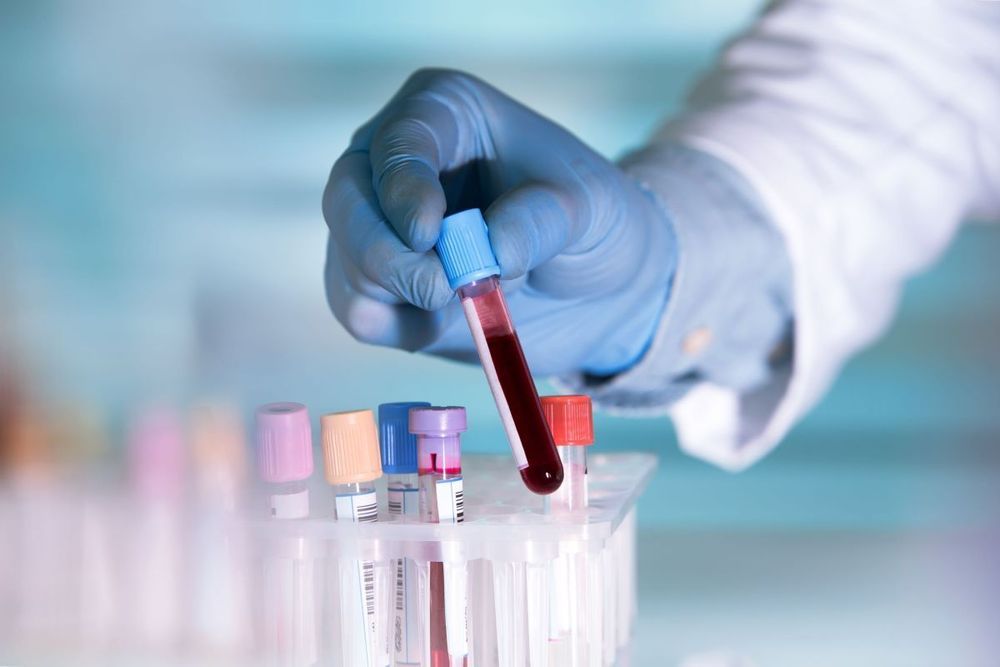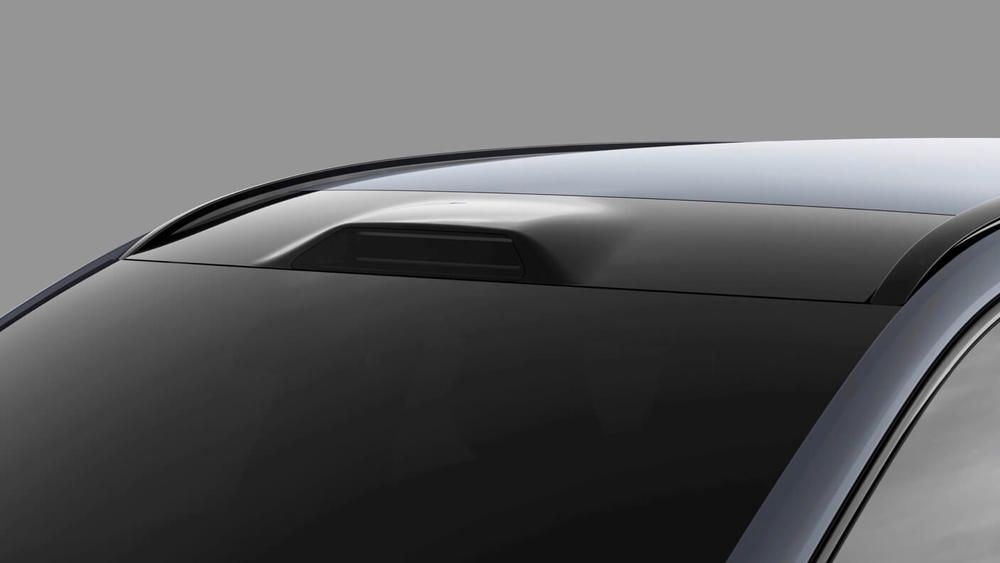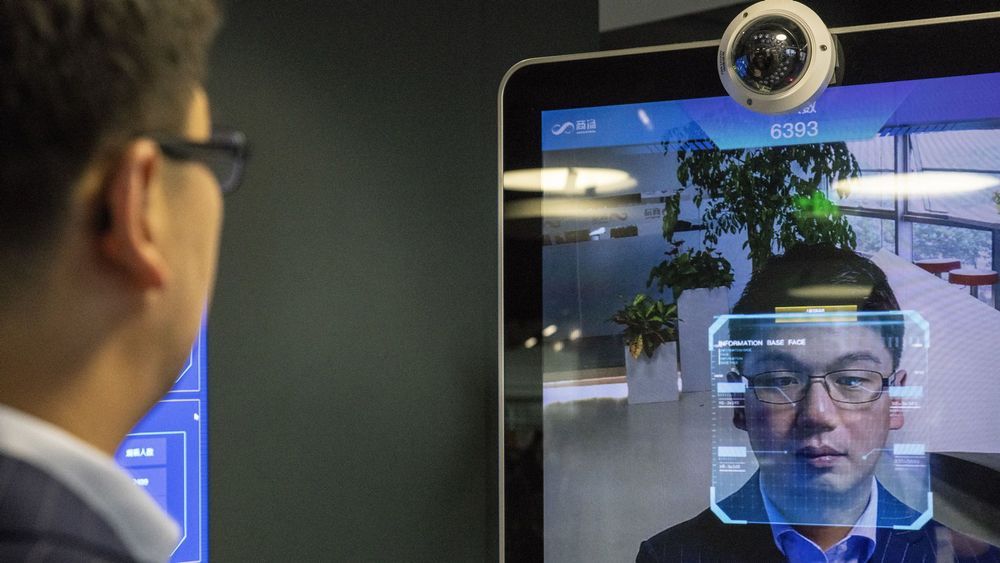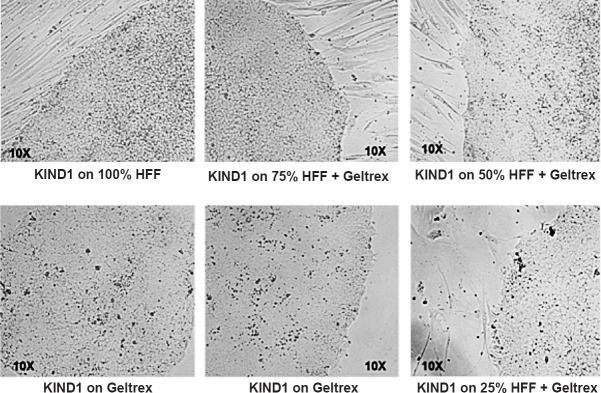(Reuters) — U.S. immunotherapy company Inovio Pharmaceuticals Inc (INO.O) said on Wednesday its experimental vaccine to prevent coronavirus infection produced protective antibodies and immune system responses in mice and guinea pigs.


(Reuters) — U.S. immunotherapy company Inovio Pharmaceuticals Inc (INO.O) said on Wednesday its experimental vaccine to prevent coronavirus infection produced protective antibodies and immune system responses in mice and guinea pigs.

The pandemic COVID-19 has spread to all over the world and greatly threatens safety and health of people. COVID-19 is highly infectious and with high mortality rate. As no effective antiviral treatment is currently available, new drugs are urgently needed. We employed transcriptional analysis to uncover potential antiviral drugs from natural products or FDA approved drugs. We found liquiritin significantly inhibit replication of SARS-CoV-2 in Vero E6 cells with EC50 = 2.39 μM. Mechanistically, we found liquiritin exerts anti-viral function by mimicking type I interferon. Upregulated genes induced by liquiritin are enriched in GO categories including type I interferon signaling pathway, negative regulation of viral genome replication and etc. In toxicity experiment, no death was observed when treated at dose of 300 mg/kg for a week in ICR mice. All the organ indexes but liver and serum biochemical indexes were normal after treatment. Liquiritin is abundant in licorice tablet (~0.2% by mass), a traditional Chinese medicine. Together, we recommend liquiritin as a competitive candidate for treating COVID-19. We also expect liquiritin to have a broad and potent antiviral function to other viral pathogens, like HBV, HIV and etc.
The authors have declared no competing interest.

A gene therapy trial performed on mice may foreshadow yet another way to hack fitness. In a study done by a team at Washington University in St. Louis’ medical school, mice quickly built muscle mass and reduced obesity after receiving the therapy, even while eating a diet high in fat and not exercising. The results were published last week in a paper in Science Advances.
The gene targeted was FST, which is responsible for making a protein called follistatin. In humans and most other mammals, follistatin helps grow muscle and control metabolism by blocking a protein called myostatin, which acts to restrain muscle growth and ensure muscles don’t get too big.
The researchers injected eight-week-old mice with a virus carrying a healthy FST gene (gene therapy involves adding healthy copies of a gene to cells, usually using a virus as a deliveryman).
Over a period of 18 weeks, or about 4 months, the team observed that the muscle mass of the treated mice more than doubled, as did their strength level. They also experienced reduced damage related to osteoarthritis, less inflammation in their joints, and had healthier hearts and blood vessels than mice that didn’t receive the gene therapy —even though all the mice ate the same high-fat diet and did the same amount of exercise.

It’s 2020. Why can’t we binge Netflix as our cars drive us down the highway? Well, we’ve made progress, but not at the pace once promised. While some cars offer automated driving modes, you’re not to take your eyes off the road or hands from the wheel. Volvo wants to remedy that.
The company isn’t promising 100% self-driving cars in the near future. Instead, they’ll make mainstream cars that reliably drive themselves on highways—totally autonomously, no human attention needed. For a brand built on safety, and in light of autopilot accidents in recent years, it’s notable the company thinks that’s possible in the not-too-distant future.
To make it happen, Volvo said this week that it would begin adding lidar to production cars in 2022. They’ll also develop self-driving software to integrate lidar, cameras, radar, and back-up vehicle control systems. Once the software, dubbed Highway Pilot, is deemed safe, it’ll be sent out as an update to customers who opt in.

This raises the question of whether AI — defined as algorithms that mimic human intelligence — can deliver on its potential, and when. The answer is crucial because AI could become the ultimate industry disrupter, threatening tens of millions of jobs in Asia as business processes are automated. In addition, AI is the subject of intense rivalry between the US and China.
Unicorns abound but enthusiasm has dimmed. Will AI fulfil its potential?

INDIANAPOLIS (WISH) — First is was monkeys, then dogs.
Now, researchers are turning to cows in hopes of developing a treatment for the coronavirus.
Scientists at SAb Biotherapeutics in South Dakota created an embryo via genetic engineering that contains human chromosomes. The embryo was then implanted into cattle. The cows gave birth to calves that internally function similarly to a person, specifically with regards to the human immune system.
Circa 2019
Airless tires for everyday cars might soon be far more practical. GM and Michelin have unveiled a prototype of Uptis (Unique Puncture-proof Tire System), a Michelin-made tire intended for passenger cars. It looks like Tweel and other air-free concepts of years past, but its mix of composite rubber and resin embedded fiberglass lets it operate at highway speeds — earlier options tend to work only when you’re slowly putting around. It’s not as visually appealing as conventional tires, but Michelin claims it’s just as comfortable.
More importantly, there’s a tangible roadmap. GM will start testing the Uptis in Michigan later in 2019 on a fleet of Chevy Bolts, and expects the finished version to reach production cars as soon as 2024. The automaker hasn’t named specific car models that will use the new tires.


Various stem cell sources are being explored to treat diabetes since the proof-of-concept for cell therapy was laid down by transplanting cadaveric islets as a part of Edmonton protocol in 2000. Human embryonic stem (hES) cells derived pancreatic progenitors have got US-FDA approval to be used in clinical trials to treat type 1 diabetes mellitus (T1DM). However, these progenitors more closely resemble their foetal counterparts and thus whether they will provide long-term regeneration of adult human pancreas remains to be demonstrated. In addition to lifestyle changes and administration of insulin sensitizers, regeneration of islets from endogenous pancreatic stem cells may benefit T2DM patients. The true identity of pancreatic stem cells, whether these exist or not, whether regeneration involves reduplication of existing islets or ductal epithelial cells transdifferentiate, remains a highly controversial area. We have recently demonstrated that a novel population of very small embryonic-like stem cells (VSELs) is involved during regeneration of adult mouse pancreas after partial-pancreatectomy. VSELs (pluripotent stem cells in adult organs) should be appreciated as an alternative for regenerative medicine as these are autologous (thus immune rejection issues do not exist) with no associated risk of teratoma formation. T2DM is a result of VSELs dysfunction with age and uncontrolled proliferation of VSELs possibly results in pancreatic cancer. Extensive brainstorming and financial support are required to exploit the potential of endogenous VSELs to regenerate the pancreas in a patient with diabetes.
Diabetes is one of the major non-communicable diseases in the world with majority of patients belonging to India, China and USA. Along with associated complications like heart disease and stroke, diabetes results in increased morbidity and mortality and it is expected that by the year 2025, India alone will have more than 70 million diabetics1,2. Diabetes is a metabolic disorder associated with progressive loss or dysfunction of β-cells of pancreas. Onset of type 1 diabetes mellitus (T1DM) occurs when the β-cell mass is reduced to less than 20 per cent due to autoimmune effect, whereas the declining β-cell mass is unable to meet the age-related increased insulin demands of the body in type 2 (T2DM) as a result of insulin resistance and in due course the β-cells are lost by apoptosis. Thus, in both T1 and T2DM, restoration of a functional β-cell mass constitutes the central goal of diabetes therapy.
In a study involving mice, researchers have determined that the amygdala, a part of the temporal lobe, could turn off pain signals in the brain. To learn more, click the link above and watch a video further explaining the functions of the amygdala.